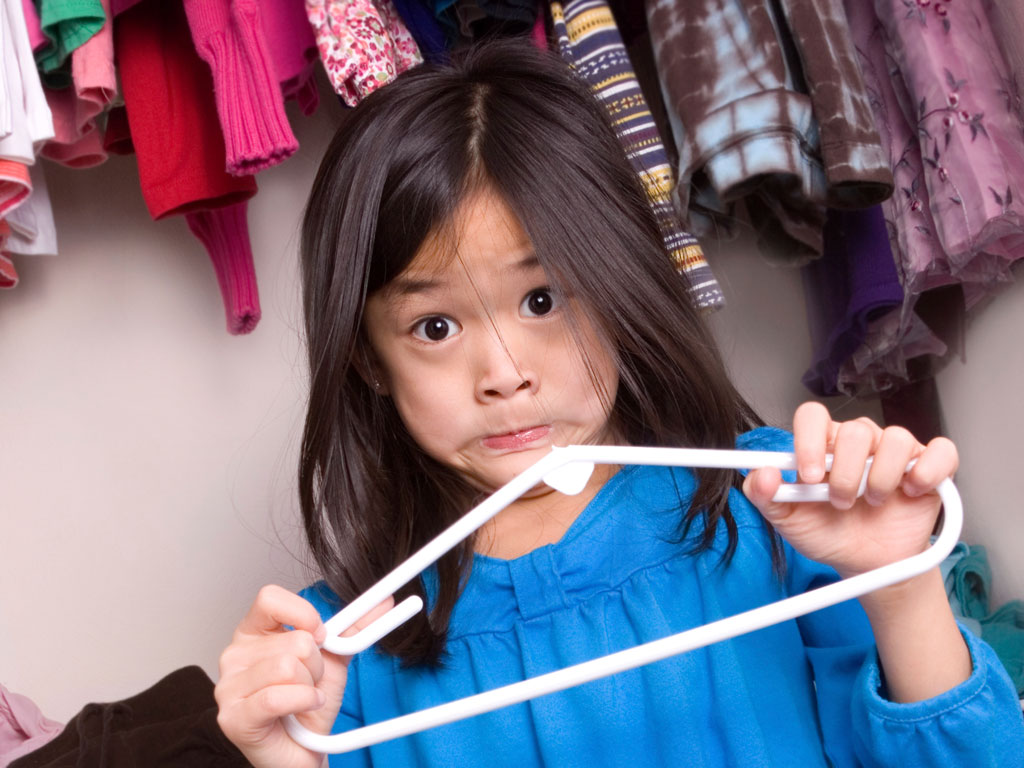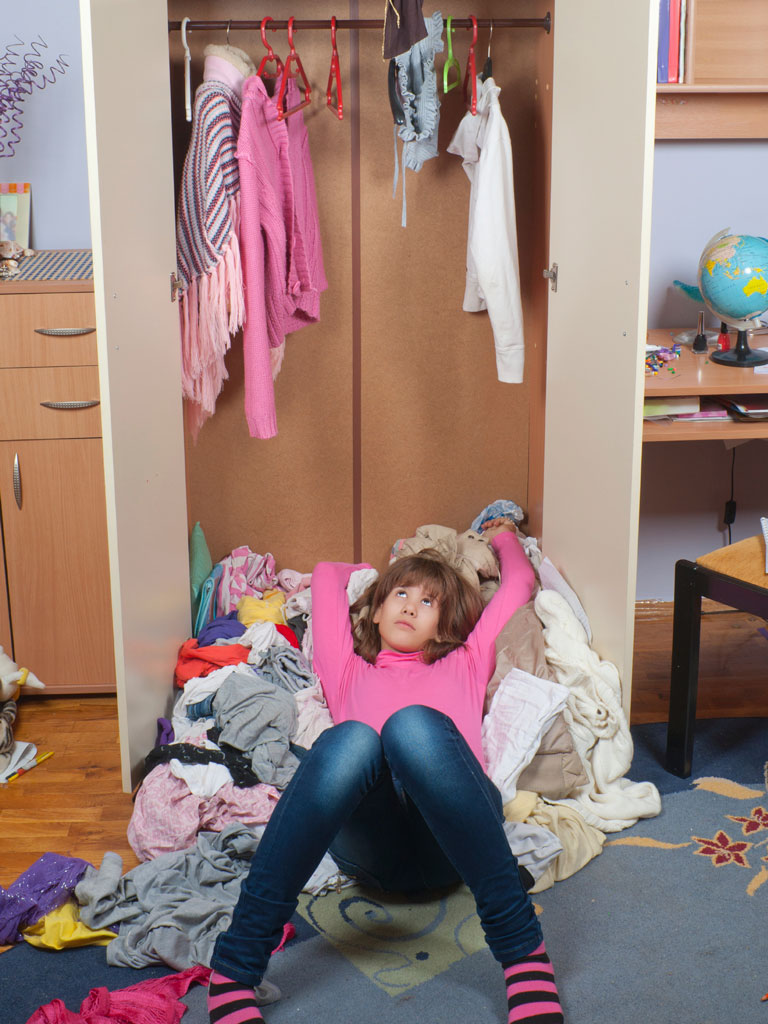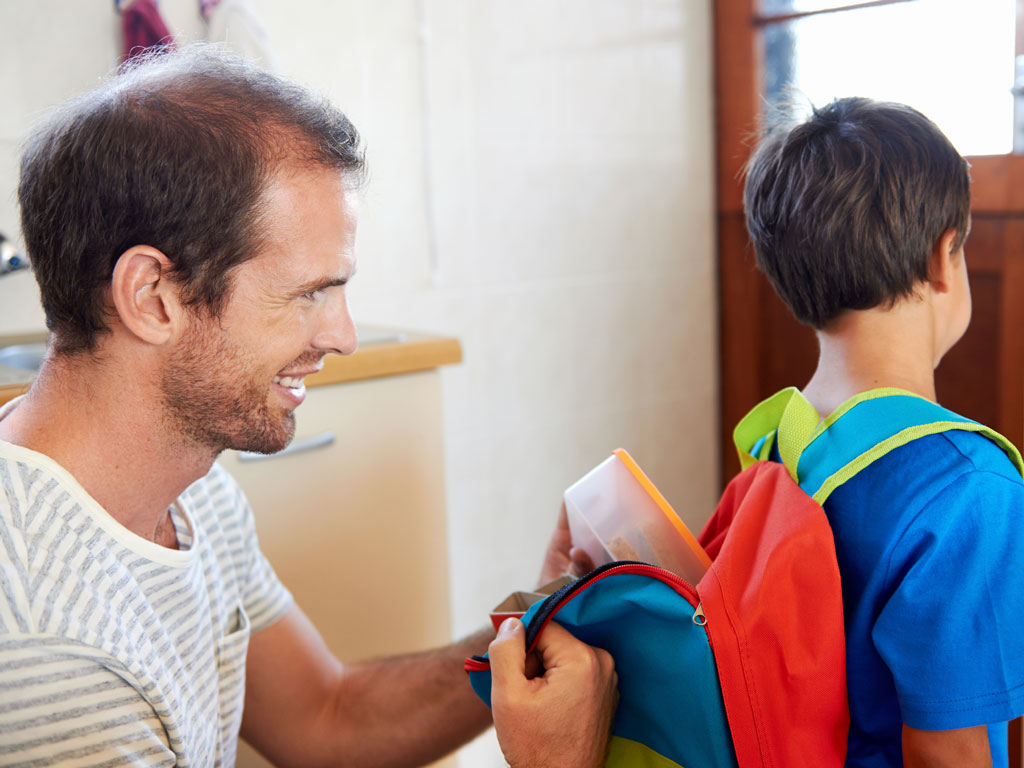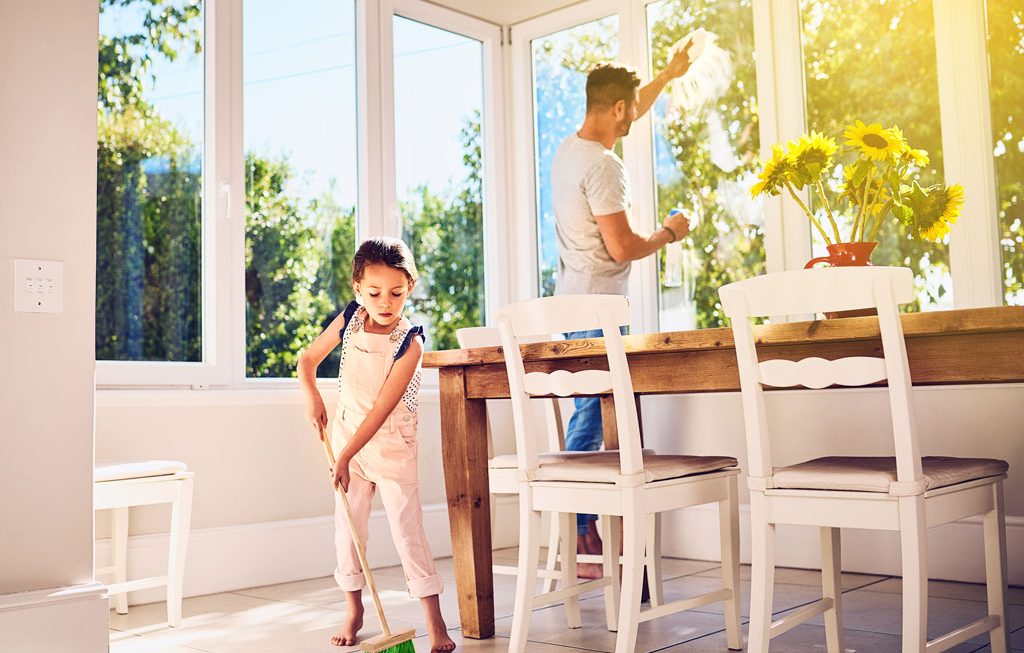by Lisa Pawlak
During your life as a parent, you’ve probably experienced moments when your child can’t find something. For some, this is just an occasional occurrence; for others, it is an ongoing, exasperating problem. Whether your child misplaced a homework assignment, soccer jersey, field trip permission slip or overdue library book, you’ve likely both lost significant amounts of time searching for these elusive objects, been late to school, work or extra-curricular activities, and repurchased items that you know you have somewhere, but can’t find.
Whether your household’s toughest organizational challenges involve misplaced items, clutter overload, or struggles with homework management – you can save time, energy and money by teaching your child important organizational skills today that will offer the whole family less stress, higher levels of productivity and greater success in the future.

1. Get Yourself Organized First
Take a good look at your family’s surrounding physical space. Is it really just your child’s room that is a disaster – or is it the whole house?
“Organization (or disorganization) is a top-down lifestyle (or problem),” explains organizational expert Nancy Nino, owner of Aloha Organizers. “If parents struggle with disorganization, it’s really important that they work on their own challenges first, before expecting too much from their children. Once they establish a sense of order with their own things, and in their own minds, it can help them to guide their kids in that general direction.”
2. Find a Project Starting Point
The task of getting organized can be overwhelming – perhaps this is because many people don’t know where to begin. There’s no need to tackle everything at once.
“Every project begins with a discussion…what’s working? What’s not? What does success look like? After getting clear on the client’s struggles, and perhaps more importantly hopes for the future, we usually start at the area that is the greatest pain point,” Nino says.
For kids, that point is often the bedroom.
3. Create a Place For Everything
The old adage ‘a place for everything and everything in its place’ is spot on when it comes to placing kids on the path to organization. Involve your children with establishing permanent homes for their personal items.
It might be helpful to think in terms of work areas – clean clothes in the dresser and dirty clothes in the nearby hamper, art on the corner table by the supplies, books on the shelves next to the reading chair. Be sure to utilize vertical space; consider wall shelving options, bulletin boards and lofted beds. If multiple kids share a bedroom, create specific spaces that are unique to each. For older kids, arrange a space for homework. Stock the area with adequate pencils, paper, folders, printer ink, staples and so on. To accommodate toy storage for younger kids, use open cubbies or clear bins, leaving lids off for easy access.
Donna McMillan of Island Organizers, suggests, “Printed labels and/or pictures, for little ones, on containers and shelves will set them up for success. Kids are smart, and when taught – in their language – they can learn how to return their toys, papers, shoes and clothes to where they belong. Families are extremely pleased and excited when they can find what they need when they need it.”

4. Manage School Paperwork
Kids bring home reams of paper in the form of drawings, worksheets and more. They are proud of their work and don’t want to dispose of it, but somehow it ends up scattered around the house.
Cynthia Arnold, Vice President of Declutter Hawaii, shares a strategy that she uses with her own young daughter, “Every day she comes home from preschool, hangs her bag on her hook, and then takes out her folder for me to look at. Once I look over everything, she puts her school work in a bin. This has become a habit because she repeats it day after day. Now, I don’t need to tell her what to do – she just does it. After the year has ended, I’ve made books for her grandparents of all her school work and drawings. They love it!”
5. Implement the ‘Nightly Sweep’
Many professional organizers suggest designating a 5-10 minute period every evening, during which every member of the family simultaneously tidies up their respective areas.
(Little kids might enjoy singing a ‘clean up’ song during this time!)
6. Schedule Regular Purging Cycles
Kids outgrow clothing and toy interests quickly. Help them prepare a donation twice a year, over the holidays and at the end of the summer.
“If kids take part in this purging process regularly, it becomes a normal thing for them. This decreases the fear that some kids may have about letting things go. We notice a lot of times that fear is passed down from their parents, who are also reticent to let things go,” Nino shares.
Additionally, set limits on what enters the house – the mantra ‘one in, one out’ can be used – i.e. if your child wants yet another stuffed animal, ask that she give an older one away.
7. Establish Personal Responsibility
If you are constantly cleaning up your child’s personal belongings, consider implementing some changes. Teach them to put toys in the proper bins, dirty clothes in the hamper, clean laundry in the dresser, bathroom items away in cabinets, school work in backpacks, and so on. Once systems are established, if your child leaves something out of place outside of her own room, that item becomes yours. Allow her to earn it back with chores, or simply donate.
“The lessons of personal responsibility will serve your children, and all those they live and work with in the future, well,” Nino advises.
8. Discuss Project Management Strategies
You can use home organization projects to also teach your child some project management techniques. For instance, make a shopping list together of new items needed to get her room organized – such as plastic cubbies, hamper, artwork file, memo boards and book shelves. Make a to-do list – this might include purging outgrown clothing, and labeling toy bins and dresser drawers. Establish a realistic project timeline – i.e. plan to donate unused toys next weekend, and set up an art zone by the month’s end.
With some initial planning, organizing will seem less overwhelming – to you, your child, and the entire household. In the end, the whole family will enjoy more free time for fun!





